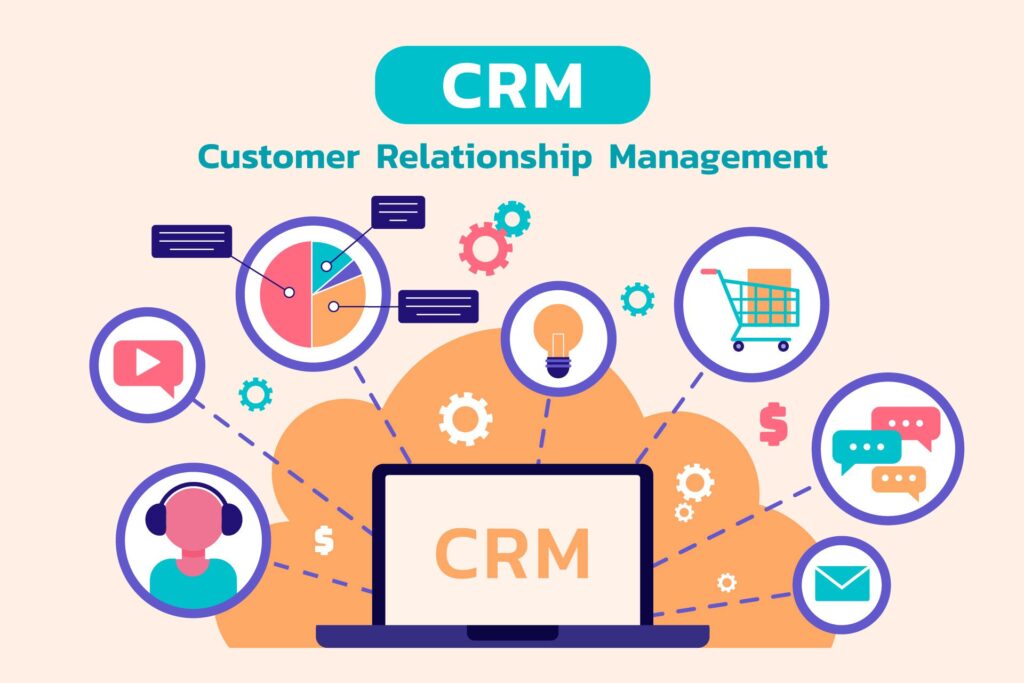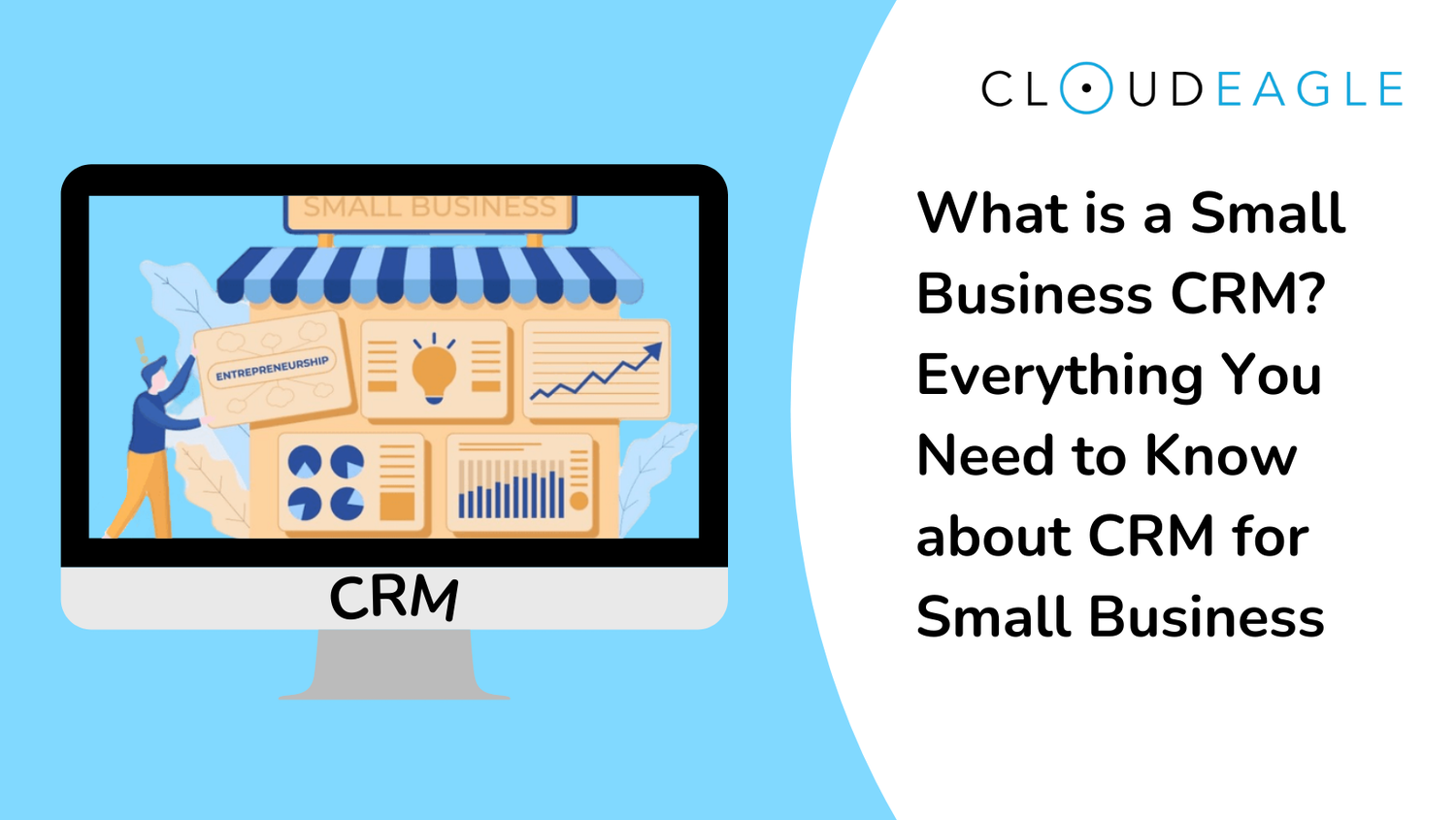
Unlock Customer Loyalty: A Deep Dive into CRM, Marketing, and Reward Programs
In today’s competitive landscape, businesses are constantly seeking innovative ways to not only attract new customers but also to retain their existing ones. One of the most effective strategies for achieving this goal involves a powerful trifecta: Customer Relationship Management (CRM) systems, strategic marketing campaigns, and well-designed loyalty reward programs. This article delves deep into these three components, exploring how they work together to foster lasting customer relationships and drive business success.
The Foundation: Understanding Customer Relationship Management (CRM)
At the heart of any successful customer loyalty strategy lies a robust CRM system. Think of it as the central nervous system of your customer interactions. It’s where you store, manage, and analyze all the data related to your customers. This information is invaluable for understanding their behaviors, preferences, and needs.
A CRM system isn’t just a database; it’s a dynamic tool that empowers businesses to:
- Centralize Customer Data: Consolidate all customer information in one accessible location, eliminating data silos and providing a 360-degree view of each customer.
- Improve Communication: Facilitate personalized communication through email, phone, and other channels, ensuring relevant and timely interactions.
- Streamline Sales Processes: Automate sales tasks, track leads, and manage opportunities, leading to increased efficiency and sales conversions.
- Enhance Customer Service: Provide quick and efficient support by accessing customer history and resolving issues promptly.
- Analyze Customer Behavior: Gain insights into customer preferences, purchase patterns, and engagement levels to inform marketing strategies.
Choosing the right CRM system is crucial. Consider your business size, industry, and specific needs. Some popular CRM platforms include Salesforce, HubSpot, Zoho CRM, and Microsoft Dynamics 365. Each offers a range of features and pricing options to suit different requirements.
The Engine: Strategic Marketing Campaigns
Once you have a solid CRM foundation, you can leverage it to power effective marketing campaigns. CRM data provides the fuel for personalization, allowing you to tailor your messages and offers to specific customer segments. This targeted approach is far more effective than generic, one-size-fits-all marketing.
Here are some key marketing strategies that work in tandem with CRM:
- Personalized Email Marketing: Segment your audience based on demographics, purchase history, and behavior. Send targeted emails with relevant product recommendations, special offers, and exclusive content.
- Targeted Advertising: Utilize CRM data to create custom audiences for online advertising platforms like Google Ads and Facebook Ads. This ensures your ads reach the most relevant prospects.
- Customer Segmentation: Divide your customer base into distinct groups based on shared characteristics. This allows you to create highly targeted marketing campaigns that resonate with each segment.
- Lifecycle Marketing: Nurture leads through the sales funnel by sending a series of automated emails that guide them towards conversion. This includes welcome emails, onboarding sequences, and re-engagement campaigns.
- Content Marketing: Create valuable content, such as blog posts, videos, and infographics, that addresses the needs and interests of your target audience. Promote this content through your CRM-powered marketing channels.
The key to successful marketing is to be relevant and provide value. By using CRM data to understand your customers, you can deliver the right message at the right time, increasing engagement and driving conversions.
The Reward: Building Loyalty Programs
Loyalty programs are a powerful tool for rewarding customers and encouraging repeat business. They incentivize customers to make purchases, stay engaged with your brand, and advocate for your products or services. A well-designed loyalty program is more than just a points system; it’s a strategic initiative that fosters a sense of community and appreciation.
Here are some key elements of a successful loyalty program:
- Clear Value Proposition: Define the benefits of your program clearly. Customers should understand how they can earn rewards and what they can redeem them for.
- Easy Enrollment: Make it simple for customers to join your program. Offer multiple enrollment options, such as online sign-up, in-store registration, and mobile app integration.
- Multiple Earning Opportunities: Provide various ways for customers to earn rewards, such as points for purchases, referrals, social media engagement, and completing surveys.
- Attractive Rewards: Offer a diverse range of rewards that appeal to your target audience. This could include discounts, free products, exclusive access to events, or personalized experiences.
- Personalization: Tailor your loyalty program to individual customer preferences. Use CRM data to offer personalized rewards and recommendations.
- Seamless Integration: Integrate your loyalty program with your CRM system to track customer activity, manage points, and personalize communications.
- Gamification: Incorporate game-like elements, such as badges, leaderboards, and challenges, to increase engagement and make your program more fun.
Examples of successful loyalty programs include:
- Starbucks Rewards: Offers points for purchases, free drinks, and personalized offers.
- Sephora Beauty Insider: Provides exclusive access to products, events, and personalized recommendations.
- Amazon Prime: Offers free shipping, exclusive discounts, and access to streaming services.
The best loyalty programs are those that genuinely reward customers for their loyalty and make them feel valued. By creating a program that aligns with your brand values and customer needs, you can build a strong base of loyal customers who will continue to support your business.
Synergy in Action: CRM, Marketing, and Loyalty in Harmony
The real power of these three components lies in their synergy. When CRM, marketing, and loyalty programs work together, they create a virtuous cycle that drives customer acquisition, retention, and advocacy.
Here’s how the cycle works:
- CRM Drives Insight: Your CRM system provides valuable data about your customers, including their demographics, purchase history, and preferences.
- Marketing Personalizes: Marketing campaigns use this data to create targeted messages and offers that resonate with specific customer segments.
- Loyalty Rewards Engagement: Loyalty programs incentivize customers to make purchases, engage with your brand, and provide feedback.
- Data Feeds Back: Customer interactions and engagement data are fed back into the CRM system, providing even more insights and enabling you to refine your strategies.
For example, imagine a customer who frequently purchases coffee from your online store. Your CRM system tracks their purchase history and identifies them as a loyal customer. Based on this information, your marketing team can send them a personalized email offering a discount on their favorite coffee beans. The customer redeems the offer, earning points in your loyalty program. The points are then used to redeem a free drink on their next visit. This cycle of engagement fosters a strong relationship and encourages the customer to continue supporting your business.
Measuring Success: Key Metrics for CRM, Marketing, and Loyalty
To ensure your CRM, marketing, and loyalty strategies are effective, it’s essential to track key metrics. These metrics provide insights into your performance and help you identify areas for improvement.
Here are some key metrics to monitor:
- Customer Acquisition Cost (CAC): The cost of acquiring a new customer.
- Customer Lifetime Value (CLTV): The predicted revenue a customer will generate over their relationship with your business.
- Churn Rate: The percentage of customers who stop doing business with you.
- Customer Retention Rate: The percentage of customers who remain loyal to your business over a specific period.
- Conversion Rate: The percentage of customers who complete a desired action, such as making a purchase.
- Average Order Value (AOV): The average amount spent per order.
- Loyalty Program Participation Rate: The percentage of customers who are enrolled in your loyalty program.
- Redemption Rate: The percentage of loyalty points that are redeemed.
- Net Promoter Score (NPS): A measure of customer loyalty and satisfaction.
By regularly monitoring these metrics, you can assess the effectiveness of your strategies and make data-driven decisions to optimize your performance.
Challenges and Solutions
While the combination of CRM, marketing, and loyalty programs offers significant benefits, businesses may encounter challenges. Here are some common challenges and potential solutions:
- Data Silos: Data scattered across multiple systems can hinder the ability to gain a comprehensive view of your customers. Solution: Implement a CRM system that integrates with your other systems and centralizes customer data.
- Lack of Personalization: Generic marketing messages and offers can fail to resonate with customers. Solution: Use CRM data to segment your audience and personalize your communications.
- Low Loyalty Program Engagement: Customers may not participate in your loyalty program if it’s not appealing or easy to use. Solution: Design a program that offers clear value, multiple earning opportunities, and attractive rewards.
- Poor Integration: Disconnected systems can lead to inefficiencies and a disjointed customer experience. Solution: Integrate your CRM, marketing automation, and loyalty program to streamline processes and provide a seamless customer journey.
- Data Privacy Concerns: Customers are increasingly concerned about how their data is used. Solution: Be transparent about your data collection practices and comply with all relevant privacy regulations.
Addressing these challenges proactively will help you maximize the effectiveness of your CRM, marketing, and loyalty initiatives.
Future Trends in CRM, Marketing, and Loyalty
The landscape of CRM, marketing, and loyalty programs is constantly evolving. Staying ahead of the curve requires businesses to be aware of emerging trends and adapt their strategies accordingly.
Here are some key trends to watch:
- Artificial Intelligence (AI): AI-powered CRM systems can automate tasks, personalize customer interactions, and provide predictive insights.
- Hyper-Personalization: Using advanced data analytics to create highly targeted and personalized experiences.
- Mobile-First Approach: Optimizing your CRM, marketing, and loyalty programs for mobile devices.
- Gamification: Incorporating game-like elements to increase engagement and make loyalty programs more fun.
- Experiential Rewards: Offering unique and memorable experiences as rewards.
- Focus on Sustainability: Integrating environmental and social responsibility into loyalty programs.
- Data Privacy and Security: Prioritizing data privacy and security to build trust with customers.
By embracing these trends, businesses can create more effective and engaging customer experiences that drive loyalty and growth.
Conclusion: Cultivating Lasting Customer Relationships
In conclusion, the combination of a robust CRM system, strategic marketing campaigns, and a well-designed loyalty reward program is a powerful formula for building lasting customer relationships. By leveraging these tools, businesses can gain a deeper understanding of their customers, personalize their interactions, and reward loyalty. As the digital landscape continues to evolve, businesses that embrace these strategies will be well-positioned to thrive in today’s competitive market. Remember, the key to success lies in creating a customer-centric approach that prioritizes building genuine connections and providing exceptional value. This holistic approach, powered by data and driven by empathy, is the key to unlocking long-term customer loyalty and sustainable business success.

